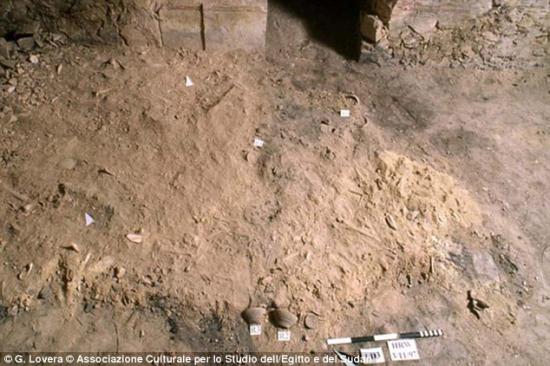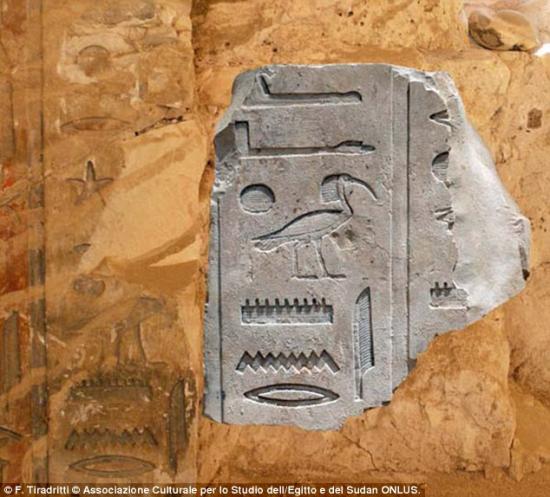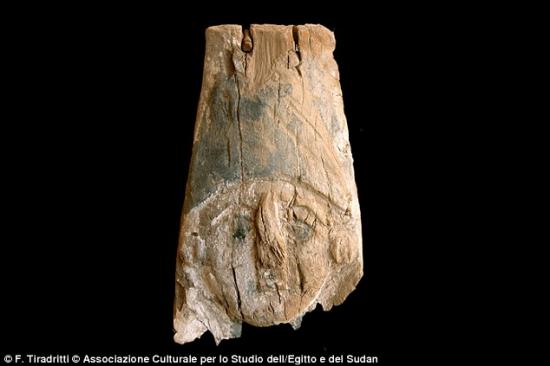PART.2

Seen here is the location where bodies were stored on the northern aisle of the monument's first pillared hall and covered with lime. The Plague of Cyprian raged until 2071, by which time it claimed a quarter of Rome's population
At the time of the outbreak, it was said people were quick to turn over their friends and even family to the authorities in the hope they could avoid the deadly plague themselves.
The streets were strewn with carcasses, many of which were burned to try and destroy the disease.
In 270 the pandemic claimed the life of emperor Claudius II Gothicus and is thought by some to have contributed to the eventual fall of the Roman Empire.
There are many other incidents of smallpox breaking out around the world through human history, until the deadly disease was eradicated in 1979 after a widespread vaccination campaign.

This area was used to 'slake', or add water to, the lime. The lime production capabilities show just how fearful the locals were of the disease. Now believed to have been caused by smallpox, the plague was so devastating that it led Saint Cyprian to lament that it could signal the 'passing away of the world'

Before becoming a burial chamber for those killed by the Plague of Cyprian, the funerary had been built for an Egyptian grand steward named Harwa in the 7th century BC. Shown here is a grey fragment of decoration from within the monument found inside of the lime kilns

It seems when it came to disposing of the plague victims the 3rd century Egyptians did not hold back in desecrating previous burials and tombs in their panic. Here is seen the face of a second century coffin that was stored as fuel in the entrance of the monument